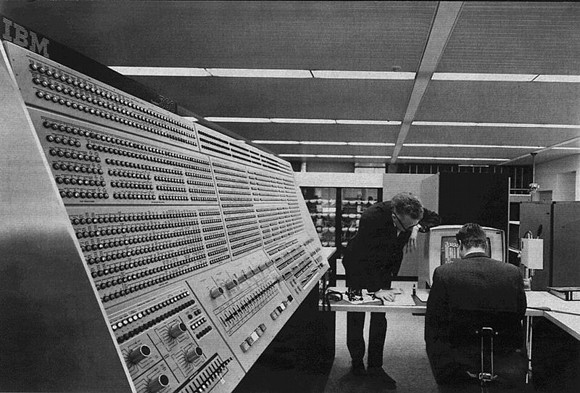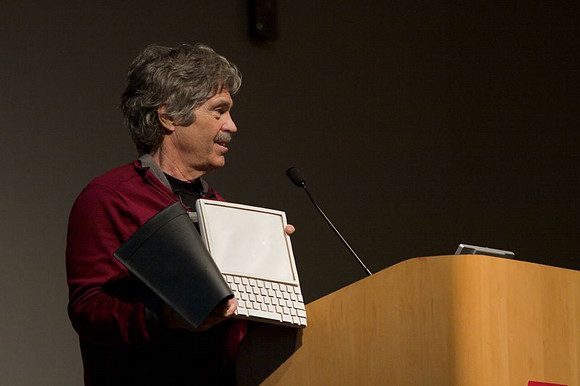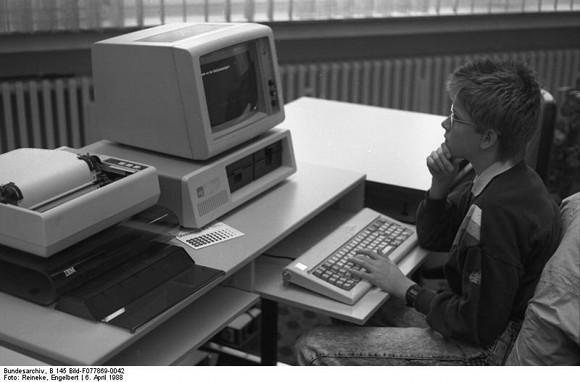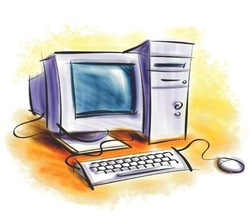IBM System 360, Dynabook & IBM 5150
IBM System 360
The IBM System/360 mainframe computer sought to change that. It could be ordered in a variety of models with different processing power, but each machine was compatible with the others, which meant applications developed for any one machine would work on any variant. This development contributed to IBM’s financial success and inspired the adoption of this approach in future computers.

Dynabook
Most computers that have changed history were not mere prototypes, but the Dynabook is the exception. Shown in 1968 by Alan Kay, this concept computer featured a display and keyboard attached on a single slate. It was small enough to carry with one hand but contained the two major user interface elements of the day – a display and keyboard.
There was no way to make the Dynabook with technology from that era, but its design was a major influence on Steve Jobs, who admired the prototype’s simplicity. Every tablet computer designed since 1968 has some debt to pay to this design.

IBM 5150
The 1980s were the era of the IBM-Compatible PC. It all started with the IBM 5150, the first product introduced to the IBM-Compatible platform. The IBM 5150 was not a particularly revolutionary computer on its own, but it did feature everything that was needed from PCs at the time, such as a powerful 8088 CPU and an available floppy disk drive.
It was followed by a number of additional IBM products throughout the 1980s and a hoard of IBM-compatible models made by other manufacturers. The 5150 pioneered the PC as we know it today – a platform that can run common software despite differences in hardware.

